Created by the American documentarian and producer Nick Fitzhugh, each episode features some of the world’s best conflict photographers, including: Pete Muller, Joao Silva, Donna Ferrato, Nicole Tung, Robin Hammond, and Eros Hoagland, who, in their testimony and memories of trying to do their jobs well, prove that the passion for honest documentation and a longing to leave a positive imprint on the world is the backbone of photojournalism.
“With conflict photography, a lot of photographers focus on the frontlines, on the bombs, explosions, and the reasons they do that is because publications, for the most part, are more interested in that kind of photography,” says Fitzhugh.
“But I think that there is a huge, additional piece, which often goes un, or under-recorded or photographed, which is hugely important…. It’s just so far from our own realities, and of course, it’s often very intense and dramatic.”
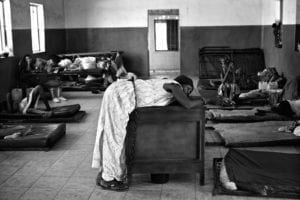
“I think there is this tendency to elevate war above everything else, in terms of it being the worst, and therefore the most important conflict,” Fitzhugh says.
“This hierarchy is problematic for all these other types of conflict. The long-term impacts of rape as a kind of psychological weapon of war are very difficult to estimate. But they can be totally devastating to, potentially, an entire country, and an entire race of communities. That should not be underestimated.”
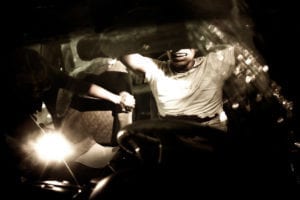
The series arose from a long-standing friendship the director had with photographer Pete Muller, subject of the pilot episode.
“There was a panel discussion that he was part of in New York, probably the summer of 2012,” Fitzhugh tells BJP.
“I’ve always had a fascination and strong desire to pursue work within conflict resolution, so this occurred to me as a really interesting topic to explore, and with Pete, it seemed I had the ideal subject to begin with,” Fitzhugh says.
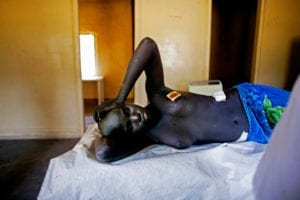
It’s this, the conflict behind combat, that motivates Muller. “We categorize things in our minds as big issues: gun control, abortion, war, poverty,” he says. “We lose sight that all of these sociological phenomena are comprised of individual people, who are all having their own, individual type of experience.”
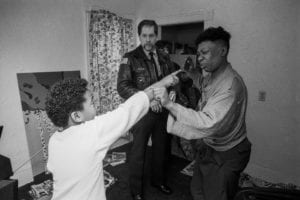
“In order for something to be successful, and appealing to the public, it needs to be as dramatic, as exciting, and as intense as possible,” he says. “A lot of times, a lot of people will take every opportunity to do that – and I think that if you do that, you no longer have an honest documentary.”
But Nick Fitzhugh is not interested in sensationalizing. “There’s plenty of drama, of power, intensity, intimacy, and vibrancy to honesty – particularly done in the right way,” he says.
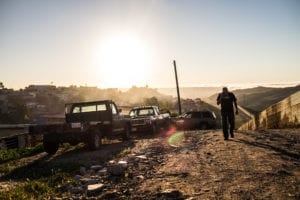
Working so closely with these photographers, almost over the course of a year, immersed the director in the intensity of their world. Jaoa Silva, a photographer that is featured in the series says: “Being behind the camera doesn’t exclude you from being there. The stuff that goes through the lens is forever burnt into your mind. You put your camera in situations where your subject matter is real, and lives are being destroyed.
There are multiple moments throughout filming where the subject starts crying as the camera rolled. How, as a filmmaker, did Fitzhugh handle such moments?
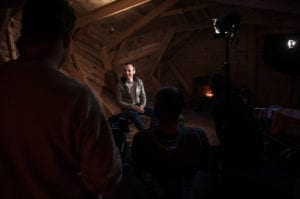
“And that’s one of the things we were trying to explore in the series: the personal fallout for them, as human beings, covering these types of conflicts. We were showing some of the frontline stuff, but also the toll; the physical and personal impact of working in a war zone.”
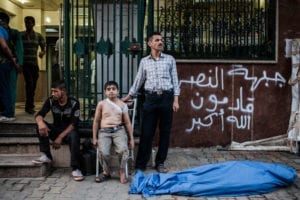
“I think it’s a very rare, but a very happy thing, when any of us, creators, can make something that is very intense and powerful, and also get it out there, get it seen by a lot of people, and turn it in a commercial success. A lot of times, the best art just doesn’t do that. I’m so grateful that Conflict is getting out there.”
You can watch Conflict on Netflix, Vimeo, and The Atlantic, and find out more about the series here.
